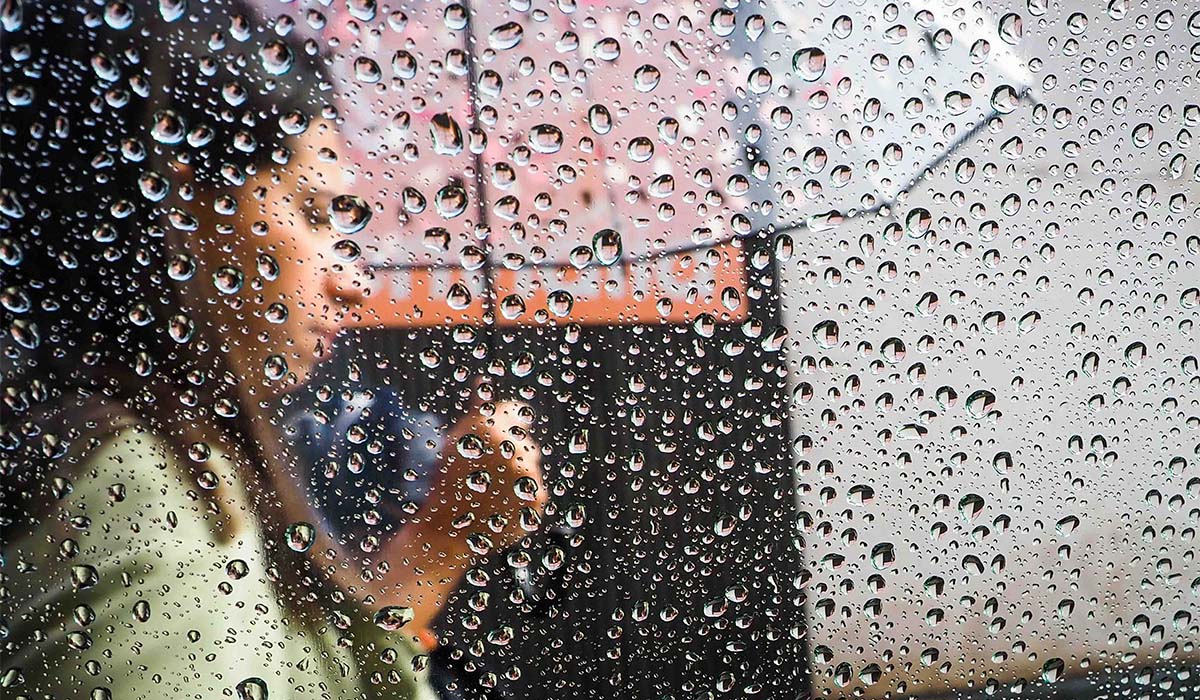Overnight stays in hotel establishments in the Canary Islands reached 5.4 million in February, which has meant an increase of 25.5 percent compared to the same month in 2022, according to data from the INE.
In Spain as a whole, the number of Spaniards exceeded 16.8 million last February, which represents an increase of 23.6% compared to the same month last year, according to the INE, which indicates that the hotels in our country invoiced an average of 99.8 euros per occupied room, 13.2% more than the same month last year.
Overnight stays by travellers resident in Spain exceeded 6.4 million, representing 38.3% of the total. On the other hand, those of non-residents stood at over 10.3 million.
The average stay increased by 6.5% with respect to February 2022, standing at 2.8 overnight stays per traveller, according to INE data.
Thus, during the first two months of 2023, overnight stays in this type of accommodation in Spain increased by 33.6% compared to the same period the previous year.
Andalusia, the Community of Madrid and Catalonia were the main destinations for resident travellers in Spain in February, with 20.2%, 13.8% and 13.5% of the total number of overnight stays, respectively.
For yet another month, the main destination chosen by non-residents was the Canary Islands, with 48.2% of total overnight stays. The next destinations chosen were Catalonia and Andalusia, with 16.4% and 12.1% of the total, respectively.
In February, 51.6% of the bedplaces offered were filled, with an annual increase of 16.2%. The weekend occupancy rate by bedplaces rose by 9.2% to 59.3%.
The Canary Islands had the highest occupancy rate by bedplaces during February (74.7%), followed by Catalonia, with 53.1%.
By tourist areas, the south of Gran Canaria had the highest occupancy rate by bedplaces in February (79.4%), while the south of Tenerife had the highest weekend occupancy rate (79.3%). The island of Tenerife recorded the highest number of overnight stays in February, with just over 2 million.
The tourist destinations with the highest number of overnight stays in February were Barcelona, Madrid and San Bartolomé de Tirajana. Arona had the highest occupancy rate by bedplaces (83.2%), while Sallent de Gállego had the highest weekend occupancy rate (86.6%).
BRITISH AND GERMANS IN THE LEAD
Travellers from the United Kingdom and Germany accounted for 22.8% and 16.4%, respectively, of the total number of overnight stays by non-residents in hotel establishments in February.
Overnight stays by travellers from France, Italy and the Netherlands (the following source markets) accounted for 8%, 4.7% and 4.1% of the total, respectively.
With regard to prices, the INE data show that the annual rate of the Hotel Price Index (HPI) stood at 11.1% in February, which is 13 points less than that recorded in the same month of 2022, and 0.2 points more than that recorded last month.
By Autonomous Community, the largest increases in hotel prices with respect to February 2022 occurred in Catalonia (23.4%) and Comunidad de Madrid (14.5%). For its part, the lowest increase was recorded in the Balearic Islands, with an annual variation rate of 2.1%.
By category, the highest increase in prices occurred in establishments with one silver star (14.8%), according to the statistics institute’s data.
PROFITABILITY INCREASES
The average daily turnover of hotels per occupied room (ADR) was 99.8 euros in February, an increase of 13.2% compared to the same month in 2022.
For its part, the average daily revenue per available room (RevPAR), which is conditioned by the occupancy registered in hotel establishments, reached 60.8 euros, with an increase of 33%.
By category, the average turnover was 226 euros for five-star hotels, 103.5 euros for four-star hotels and 78.5 euros for three-star hotels. The revenue per available room for these same categories is 143.5, 71.1 and 49.4 euros, respectively.






